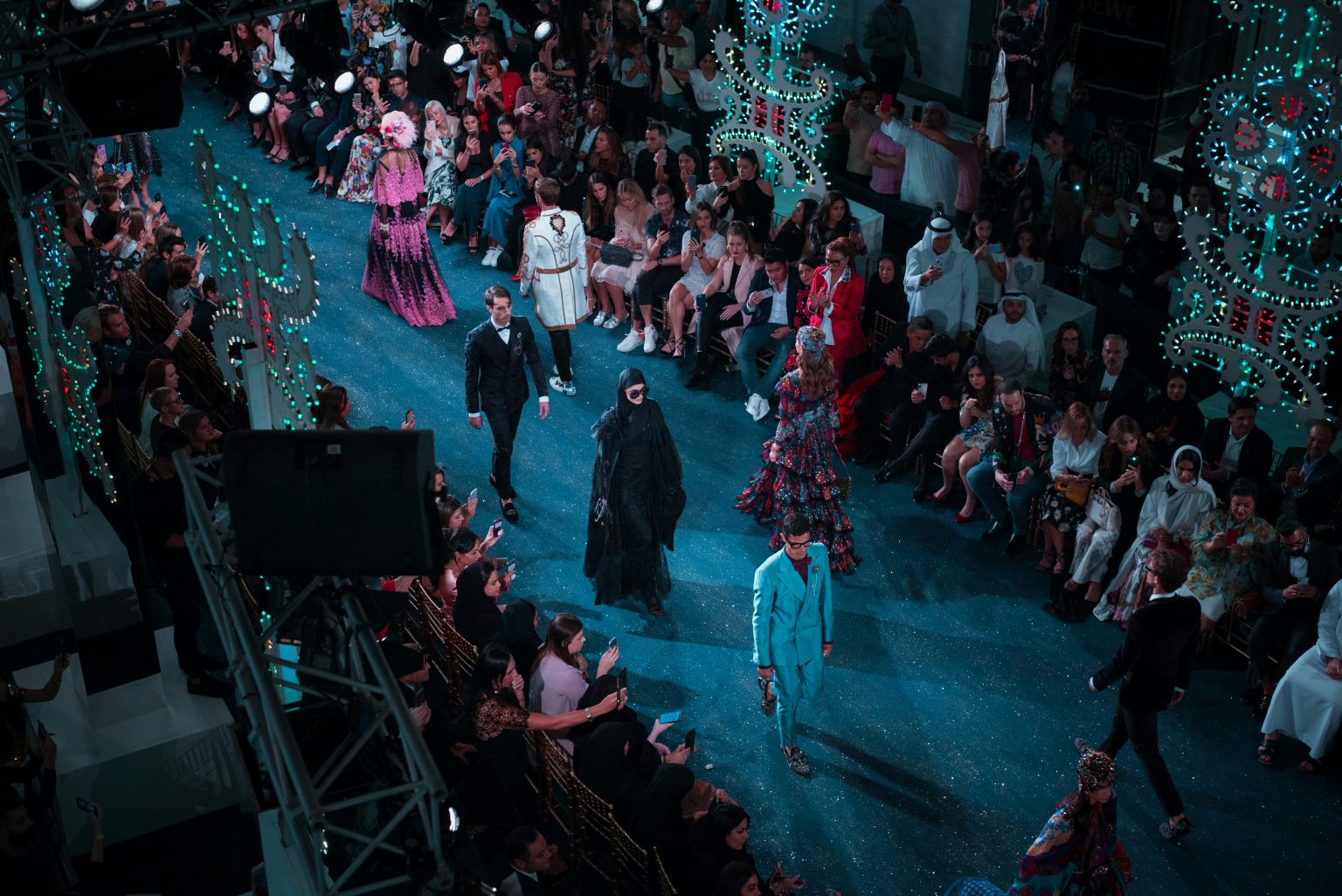Ralph Lauren once said, “I don’t design clothes, I design dreams.” At the Loughborough Students Charity Fashion Show (LCSFS), a student-led team of designers, organisers, and models turned those dreams into reality—while supporting the charities: Ovarian Cancer Action and Falcon Support Services. But have you considered the intricate process that makes this quote a reality?
I had the opportunity to ask the designers featured in LCSFS about their creative process and to get the inside scoop on your favourite looks from the show…
What inspires your designs, and how do you develop a concept for a collection?
Inspiration, it seems, is as varied and personal as the designers themselves. For one, it began in the classroom—a sustainability initiative from a fashion design and technology course sparked the idea for a “completely zero-waste collection” designed for the personality of an “eco-warrior.” Another finds inspiration in people, places, and things—drawing from the wealth of ideas found in museums, galleries, exhibitions, historic sites, and even fellow students. Some designers are more introspective, basing their work not just on the beauty of nature and places, but on a “sense of joy and nostalgia”—weaving those feelings into the fabric of their designs.
How do you translate your sketches into actual garments?
This process involves a flurry of skill and experimentation, using various methods including sketching and pattern cutting. One of the most iconic methods is draping fabric on a mannequin—a brilliant way to visually and experimentally explore what the final product could look like. Some designers create garments as a by-product of their exploration into textiles, textures, and fabrics.
What is the most challenging part of bringing a design from concept to runway?
This trial-and-error process is not without its challenges, as designers work to bring their visions to life. Some struggle with the monumental task of exercising patience while sewing and experimenting, as well as considering how the piece will be worn by the model and perceived by the audience. Others find the endless possibilities of what can be done to be overwhelming.
How do you ensure garment quality before the show, and how do you approach preparing for the runway—including model selection, styling, and overall presentation?
Quality control takes many forms—from designing with versatile sizing so that models ranging from size 6 to 16 could comfortably wear the garments, to working with close friends as models (making the styling process fun and collaborative), to even modelling the clothes themselves to ensure comfort and fit before passing them on to a similarly sized model. When it came to preparing for the runway, the LSCFS committee and team were so well-organised that the designers described the experience as stress-free, making it a joy to participate in a show that supported such a great cause. From model casting to backstage activities on the day, everything was meticulously executed—making for a night to remember.
Do you resonate with the vision of the charities represented at LSCFS this year?
The designers showed unanimous support for Ovarian Cancer Action and Falcon Support Services—the charities supported by this fundraiser. They highlighted how the show brought communities together, stating, “It was a beautiful way to connect the charity with the students,” and “It combines a fun event with something more serious for people to recognise the purpose of the show. Overall, the fundraising was a success. One designer highlighted how it was “extremely satisfying to see [the show] come to fruition.”
All in all, the Loughborough Students Charity Fashion Show was an amazing display of creativity and demonstrated the incredible potential that student designers have in the fashion space. This incredible event raised over £7,700 for Ovarian Cancer Action and Falcon Support Services—an achievement that deserves huge applause! If you’d like to keep up with future events, follow them on Instagram: @thelscfs. Thank you to the designers—especially Kenzie, Rav, and Holly—for your insight into the creative process. Feel free to connect with the LSCFS and the designers on Instagram as well.
Edited by Zara Ahmed.


